You might think your home is a safe haven for your feline companion, where they can roam freely and explore every nook and cranny. However, beneath the cozy surface of your living space lurk hidden dangers that could pose serious threats to your cat’s health and wellbeing.
While most cat owners are vigilant about keeping their pets away from obvious hazards, many common household items appear harmless but can actually be toxic or deadly to cats. From that innocent looking lily on your coffee table to the everyday cleaning supplies tucked away in cabinets, your home contains numerous items that could send your curious cat to the emergency vet.
So let’s uncover the surprising dangers that might be hiding in plain sight throughout your home.
Household Cleaning Products That Can Kill Your Cat
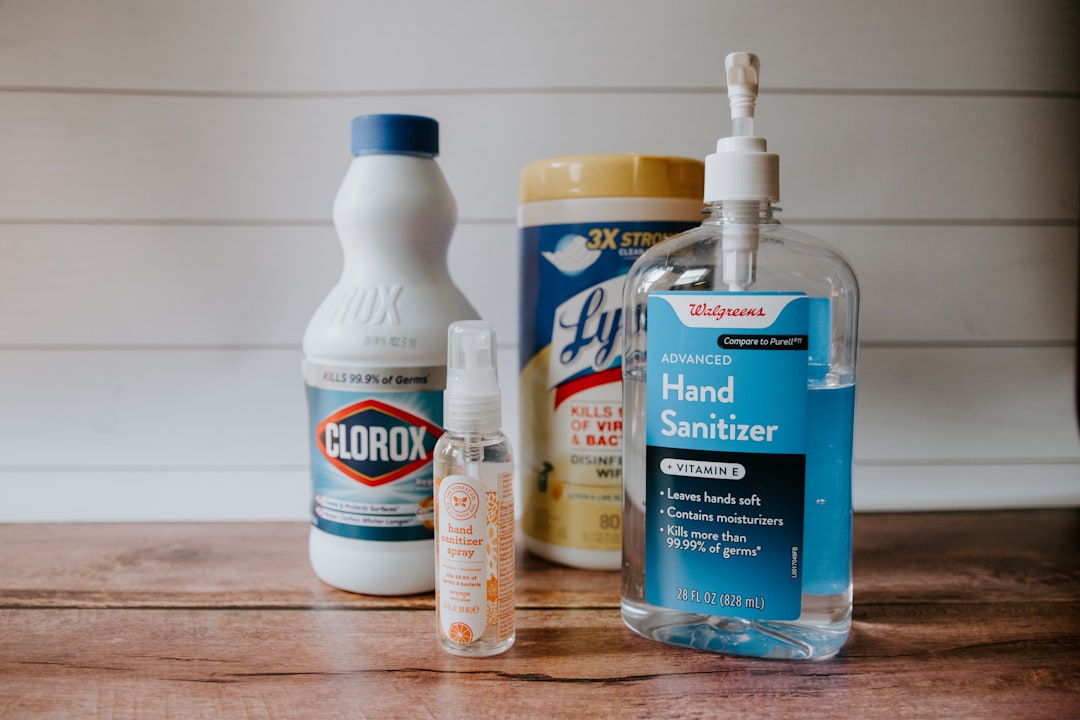
Many household cleaning products contain chemicals that are toxic to cats, with bleach being particularly harmful if ingested as it can cause serious damage to your cat’s mouth, throat, stomach, and intestines. Ammonia-based cleaners are also dangerous because they can irritate a cat’s skin and eyes.
Examples of bleach-based cleaning products include disinfectants, toilet bowl cleaners, and mold and mildew removers, while ammonia is found in products like pet stain removers, bathroom cleaners, and oven cleaners. Even indirect exposure, such as licking paws that have walked on a bleached surface, can be harmful and cause drooling, vomiting, oral ulcers, or difficulty breathing.
Whether it’s a powder detergent or those seemingly harmless pods, dish and laundry cleaning solutions can be highly toxic to cats, with swallowing detergent leading to drooling, vomiting, and severe gastrointestinal upset.
Common Plants That Are Actually Deadly for Your Feline

Some common plants, such as tulips, daffodils, lilies, philodendrons, Dieffenbachia, foxglove, and Japanese yew, are very dangerous for cats. While many plants and flowers are safe for cats, some can cause serious health problems, with lilies being particularly poisonous to felines and ingestion potentially leading to kidney failure.
Lilies are particularly harmful, with one bite of a petal or leaf enough to cause serious damage to a cat, and even lapping up a small amount of water from the vase or a lick of pollen can result in serious, potentially acute kidney failure. Other plants such as azalea, palm, gardenia, mistletoe, and rhododendron can also make cats sick or worse.
Common houseplants such as peace lilies, philodendron and pothos can cause oral and upper GI irritation, foaming at the mouth and inflammation when ingested. Chewing these plants can result in vomiting, drooling, or more severe complications like kidney failure.
String, Yarn, and Ribbon: The Hidden Strangulation Hazard
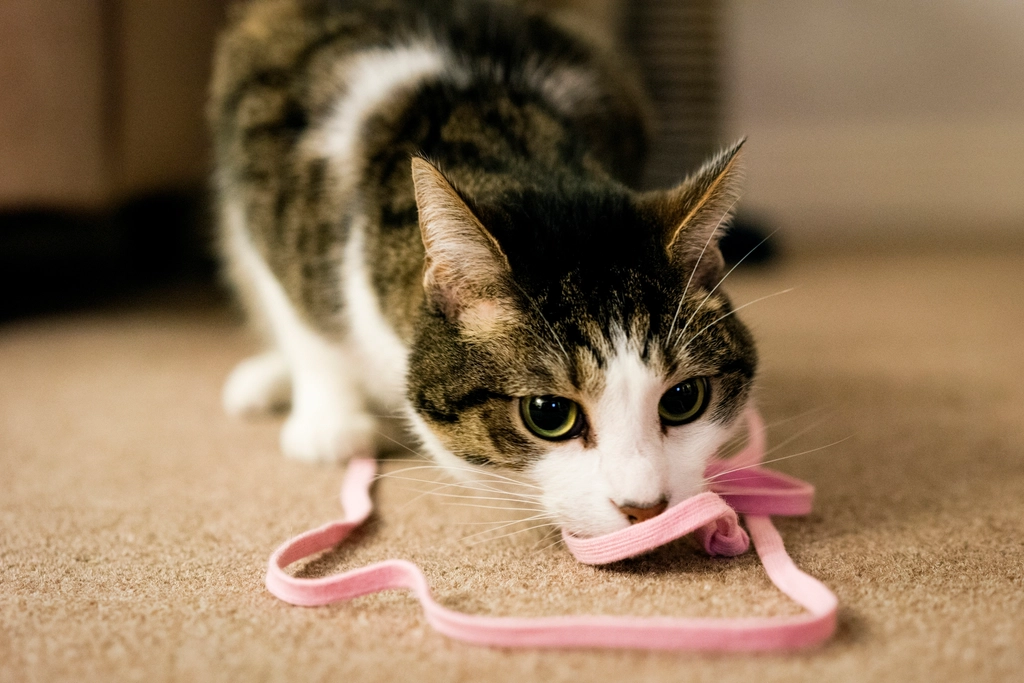
Any string-like or small sharp material can easily be swallowed, causing life-threatening damage to the intestines, while string-like materials can also accidentally cause strangulation. String, ribbon, yarn and rubber bands are fun to play with, but potentially deadly if swallowed, and they are very easily swallowed because cats have tongues covered with rearward-facing barbs that make it hard for them to spit out string, yarn and similar things.
If ingested, yarn, string and ribbon can become wrapped around the intestine, causing life-threatening complications. String that makes its way into the gastrointestinal tract often becomes trapped, causing a linear obstruction, which is a particularly dangerous type of obstruction as one end becomes trapped and the rest of it trails down the intestinal tract, causing the intestines to bunch up.
Feather rods often have string which cats can swallow, and if the string is too long, it can also wrap around your kitty’s neck and possibly suffocate them. The barbs on a cat’s tongue which make for efficient grooming can cause problems if string gets caught in them, and because of the direction that the barbs face, they do not allow a cat to spit anything out that has caught on their tongue.
Small Objects That Create Choking and Blockage Risks
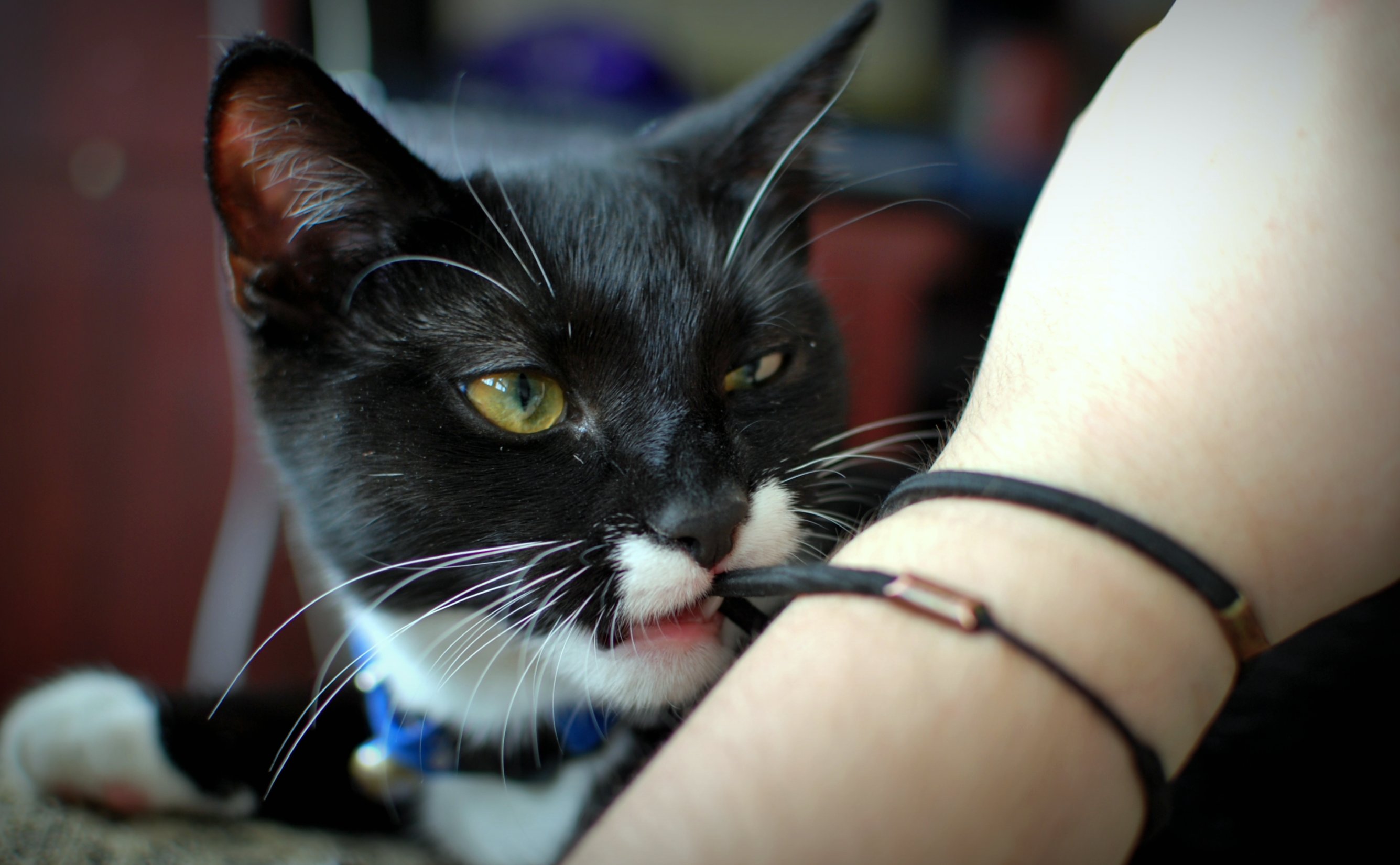
Rubber bands, hair ties, and other small objects can be dangerous to cats if ingested, as they can become lodged in a cat’s digestive system, leading to serious health problems like gastrointestinal issues, intestinal blockages, and even death. Earplugs left out in the open could become toys cats play with and possibly swallow, as earplugs are the perfect size to lodge in a cat’s intestines.
Cats have a knack for finding small objects around the home and making them their new playthings, such as hair ties, rubber bands, milk rings and bottle caps, but you should be careful to take these away immediately as found objects, especially small ones like rubber bands, are easily swallowed and pose a choking hazard.
Small chewable items like coins, paperclips, and rubber bands are choking risks. Small toys or parts of toys such as bells that your cat could swallow also pose these risks.
Human Medications That Are Toxic to Cats

Human antidepressants can be dangerous to cats, and common antidepressants such as Effexor, Prozac, Cymbalta, and Zoloft and can’t resist eating the pill, but instead of improving their mood and energy level, human antidepressants can cause lethargy, tremors, seizures, vomiting, diarrhea, and hyperthermia in cats.
Non-steroidal anti-inflammatory drugs (NSAIDs) are commonly used in both people and dogs, with examples of human NSAIDs including ibuprofen (Advil or Motrin) and naproxen (Aleve), but unfortunately, these medications are some of the deadliest for cats, due to cats’ decreased ability to metabolize them compared to humans and dogs.
Medications like antidepressants or painkillers may help us, but they can be lethal to cats even in small doses. Never give your cat any medication or painkillers unless directed to do so by your veterinarian, as many drugs that are safe for humans, such as acetaminophen, can be deadly to cats, even in tiny amounts.
Antifreeze: The Sweet Death Trap
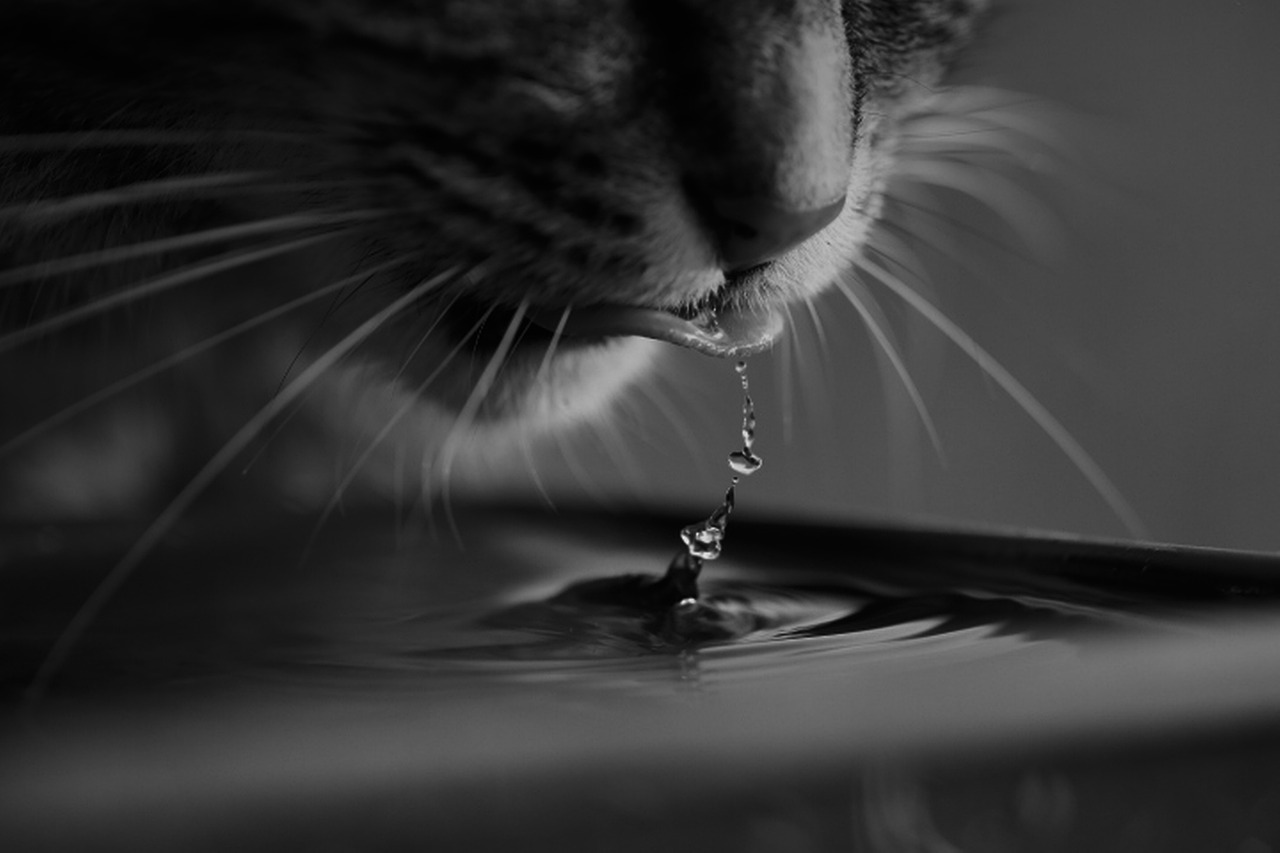
Antifreeze is a common household product that contains ethylene glycol, which can cause kidney failure if ingested, and unfortunately, cats are drawn to the sweet taste of antifreeze, but just a few licks can be fatal for them. Antifreeze is an odorless chemical found in essentially everyone’s garage that happens to have a sweet taste, and even a fraction of a teaspoon of antifreeze (ethylene glycol) can be a fatal dose for a cat due to its harmful effects on the kidneys.
Ethylene glycol is an odorless liquid that’s found in most automotive antifreeze products, and cats are attracted to its sweet taste, so be mindful of spills or leaks onto garage floors or driveways. Antifreeze or ethylene glycol is not only lethal to cats but also incredibly appetizing to them due to its sweet taste.
Essential Oils That Harm Your Cat’s Health
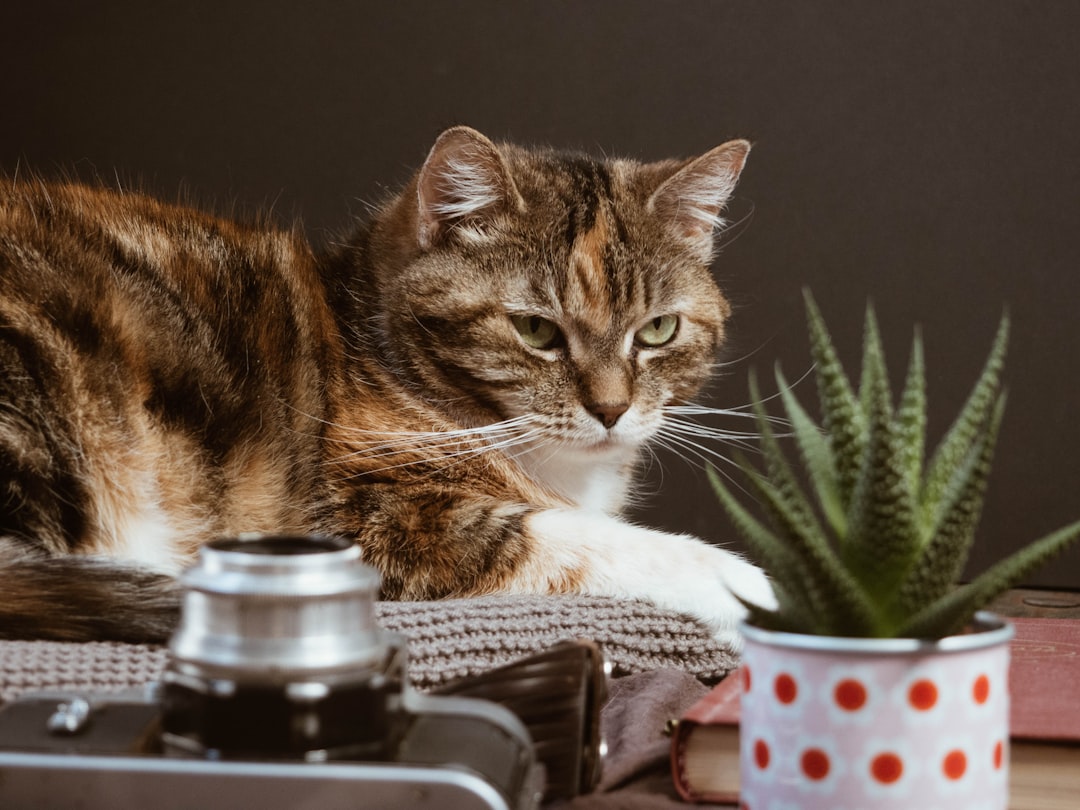
Essential oils contain potent chemicals that can be rapidly absorbed both orally and through the skin, and cats are particularly susceptible to the harmful effects of essential oils, as they have difficulty metabolizing them. Several oils like tea tree, cinnamon, citrus, and eucalyptus can lead to severe toxicity in cats.
While they may give your home a fresh scent, essential oils like tea tree, eucalyptus, or citrus are dangerous for cats. While you might be wondering whether essential oils and oil diffusers can be dangerous to cats, at the moment, the jury is out on a definitive answer, but given this uncertainty, it’s best to keep all essential oils in any form out of your cat’s reach, turn them off when you’re not home, and never put any essential oils directly on your cat.
Your home is meant to be a sanctuary for your beloved feline friend, but staying vigilant about these common household dangers is crucial for their safety. The surprising truth is that many everyday items we take for granted can pose serious threats to our cats’ health and lives. By understanding these hidden risks and taking proactive steps to cat-proof your home, you’re providing the best possible protection for your furry companion.
Remember, if you suspect your cat has been exposed to any of these dangerous items, contact your veterinarian immediately rather than waiting to see if symptoms develop. What do you think about these hidden dangers? Tell us in the comments.






